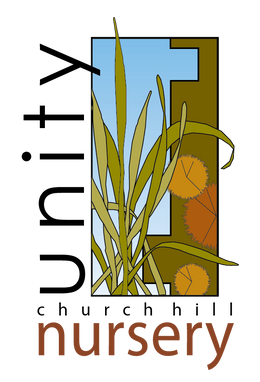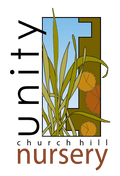Lindera benzoin (Spicebush) Unity Grown
- In Stock
- Inventory on the way
Lindera benzoin, also called northern spicebush, is a medium to large single- or multi-stem deciduous shrub; typically growing to around 8-15' tall and slightly more narrow, spicebush is commonly found as an understory shrub/small tree across much of the eastern US. Spicebush is noted, and in fact named, for its attractive, glossy green, fragrant leaves and its herbal, spicy smelling red berries that can be used as a native replacement for allspice. In the early spring, before foliage fully opens, Lindera benzoin produces profuse, small yellow flowers along the branches that eventually turn to the spicy fruits that the plant is known for; fruits attract a number of bird and mammal species while the plant's fragrant tissues make it less desirable to hungry deer too.
Beyond its colorful spring appearance and its attractive fruits, spicebush is an excellent pick for its ecological value. With its early spring flowers, Lindera benzoin is an important nectar source for bees that are active early in the season, and beyond bees, spicebush acts as a host for the larvae of several butterfly and moth species, but is most vital to the larvae and adult forms of the spicebush swallowtail, Papilio troilus, a butterfly whose entire lifecycle revolves around the spicebush plant and similar, related species. Spicebush grows best in partial shade, but is otherwise not picky about soil moisture or consistency, making it a great pick for a variety of gardens, either as a naturalized hedgerow, specimen planting for its yellow, fall foliage, or as a forest understory planting for multi-season appeal.







